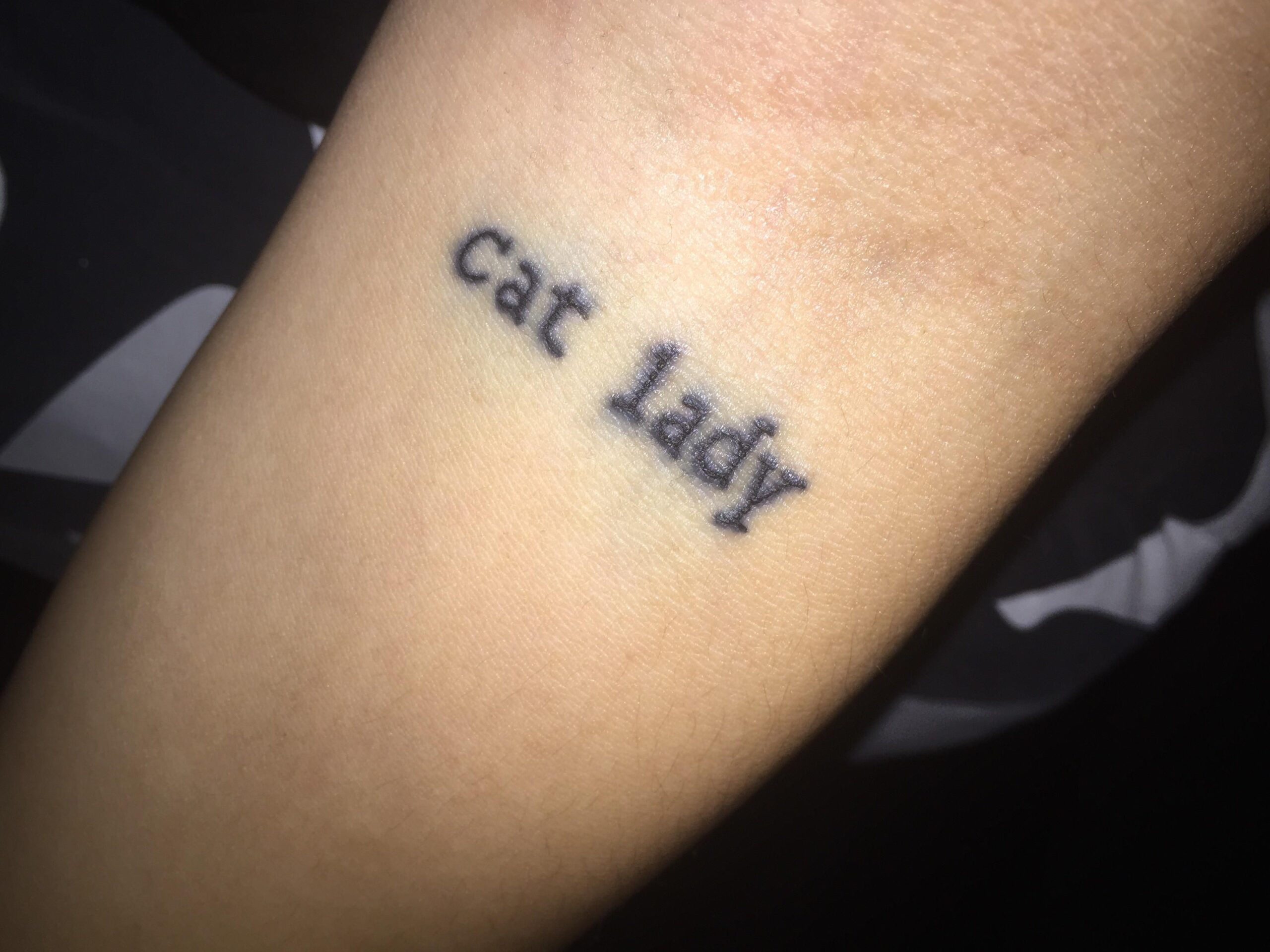
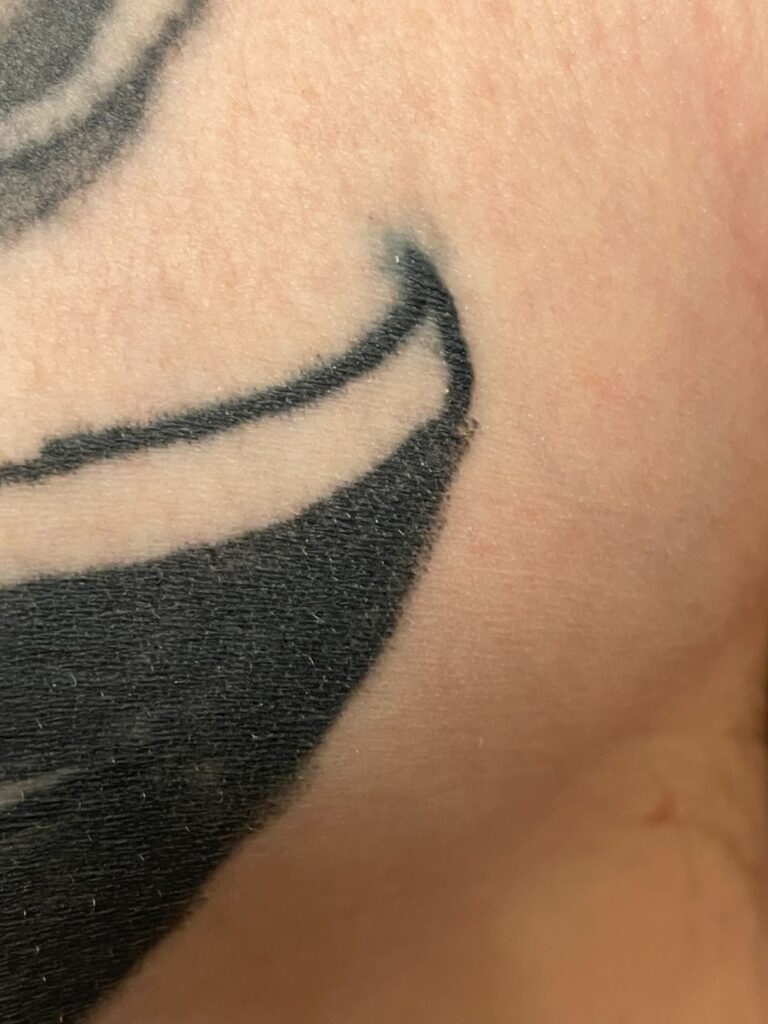
Tattoo blowout is an undesirable consequence that may arise due to poor technique during a session. It often presents distorted lines and an overall blurry effect. Tattoo rashes can occur in areas with thin skin, such as fingers and wrists, especially if body parts are moved during tattooing. It’s a common occurrence.
Causes of Tattoo Blowout
Tattoo blowout is when the ink bleeds or spreads beyond its intended lines, creating a blurry and smudged effect. This issue is common and can be annoying, frustrating, and dissatisfying for many individuals. Tattoo artists sometimes apply too much pressure during the procedure, leading to excessive bleeding beneath the skin’s surface. It may also occur if you pick at loose scabs or use a moisturizer that clogs pores. Another common cause of tattoo blowout is thin skin, which makes it difficult for inexperienced artists to penetrate deep enough into the suitable layer of skin. To ensure you receive quality ink, select an experienced artist specializing in areas such as fingers, feet, elbows, and behind your ears.
Tips to Avoid Tattoo Blowout
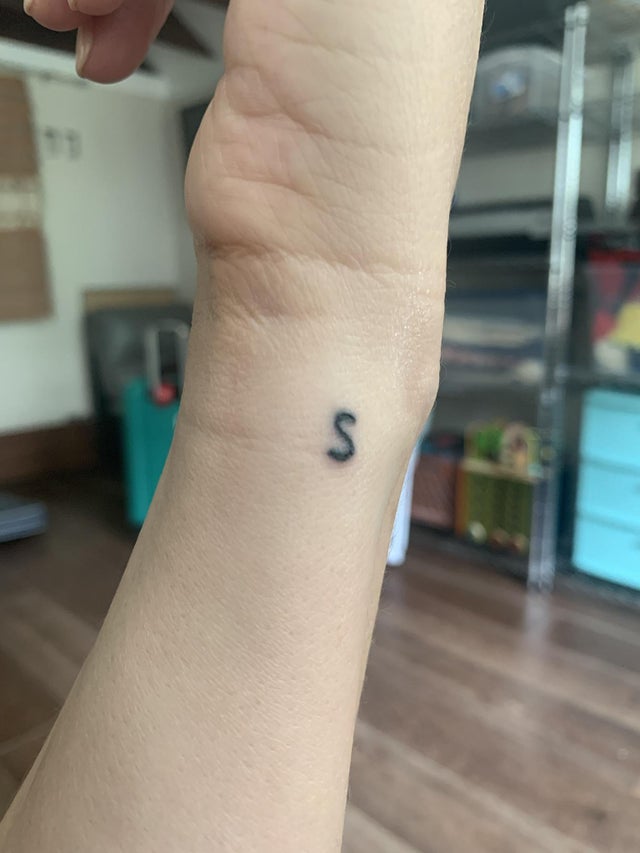
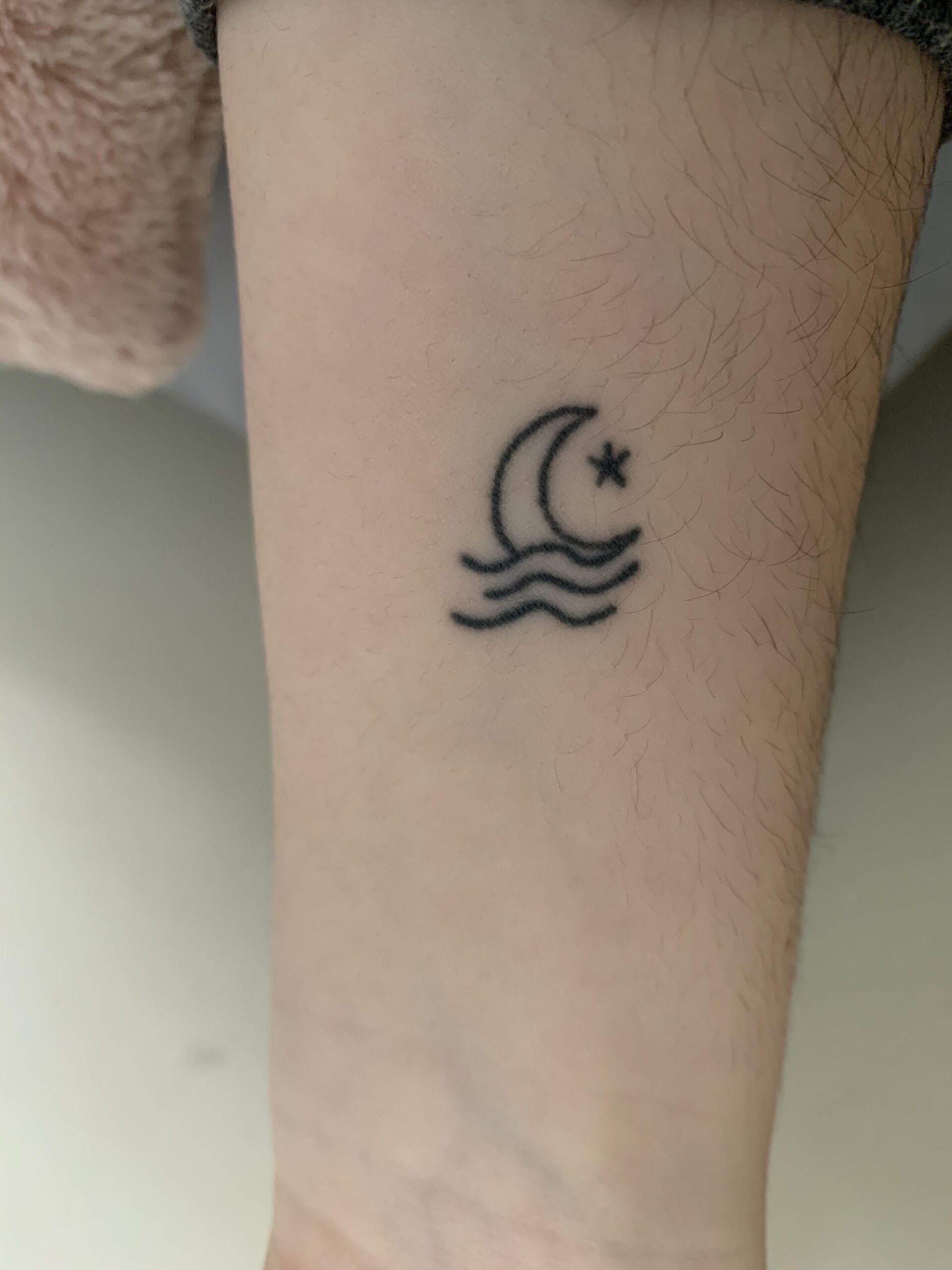
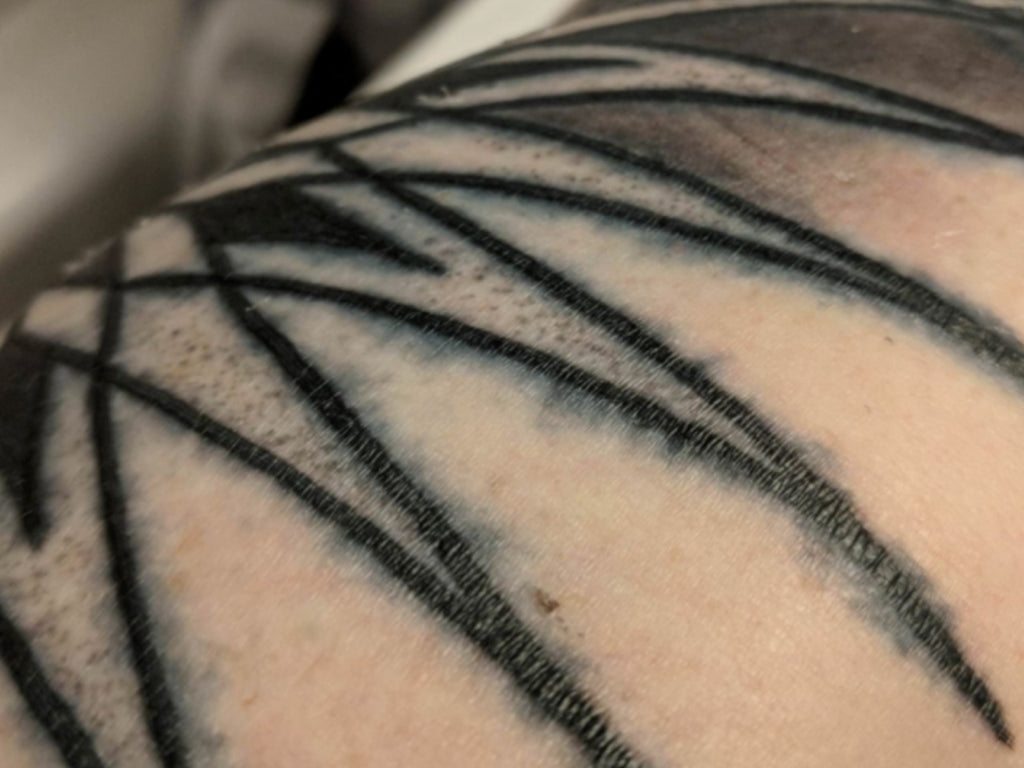
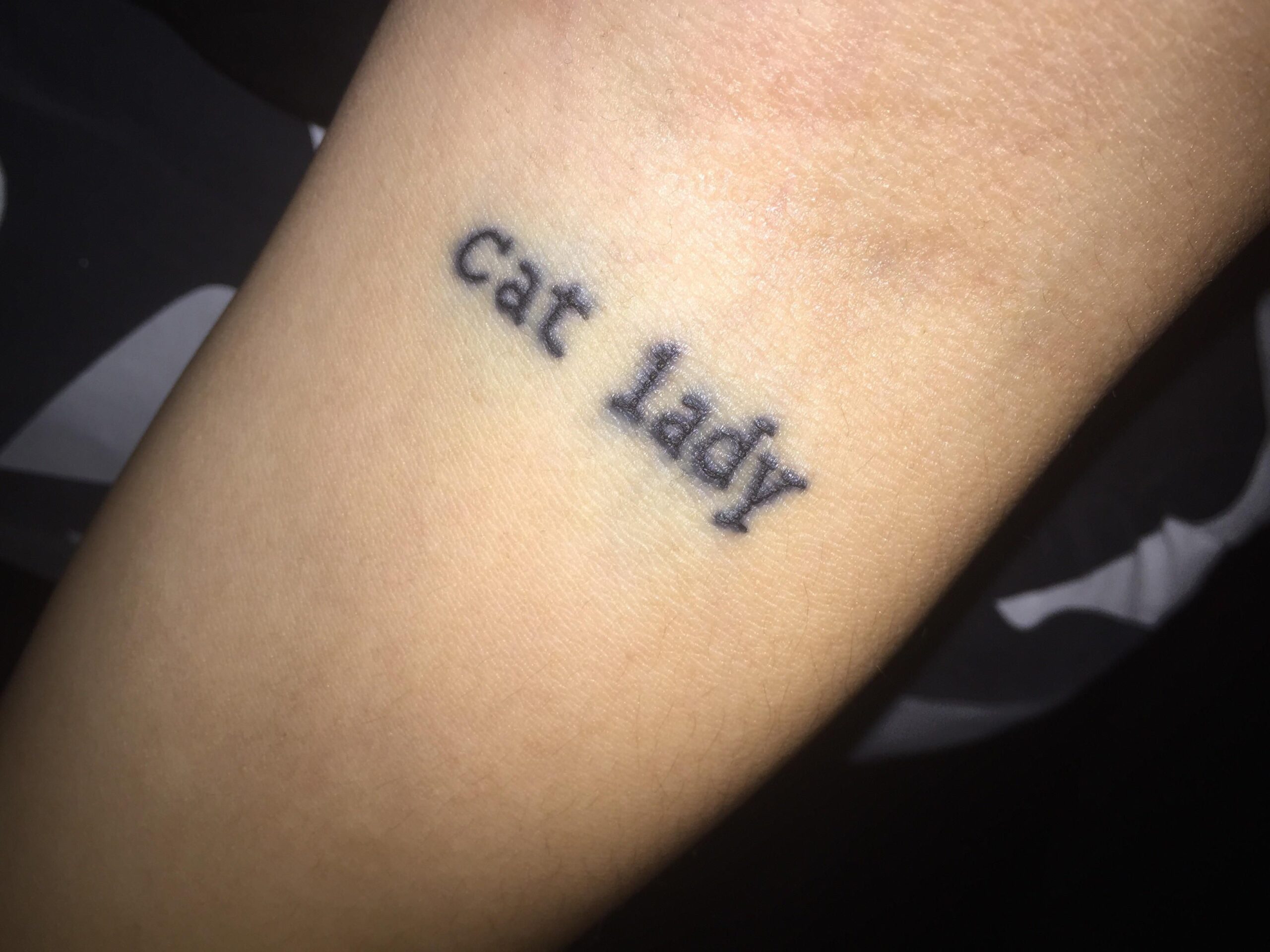
You can reduce the likelihood of getting a tattoo blowout by following aftercare instructions carefully. It’s essential to cleanse your skin twice daily and keep it moist until it has healed completely. Also, avoid stretching or pulling too hard, which may encourage ink spread.
Solutions for Tattoo Blowout
A quick and effortless way to correct a tattoo blowout is by concealing it with another color. While this won’t make the original tattoo appear perfect, it can help hide flaws while giving it a more organic look over time. Laser correction, on the other hand, is more costly. Dermatologists suggest using Q-switched lasers to break up ink particles that have blown out of your tattoo and reduce or completely erase blotchy areas. Finally, surgical tattoo removal is a more invasive option that may be employed in severe cases of tattoo blowout. This involves cutting the skin surrounding your tattoo and stitching it back together again – thus, this procedure should only be considered in extreme circumstances.
Understanding Tattoo Blowout in the Context of Tattoo Shops
If you have a qualified artist who can properly heal your ink, it may be possible to repair the blowout with additional work. Nesheva stresses the importance of post-tattoo care regarding tattoo blowouts or blemishes. One easy and effective way to prevent these issues from arising is using a topical antibiotic ointment or cream and keeping your new ink clean and moist until it has fully healed (at least two weeks).
Selecting a Tattoo Artist
In conclusion, tattooing can be a significant hassle easily avoided with effort and patience. When selecting your artist, ensure they have an established track record and the skill to create stunning art on your skin. If budgeting is an issue, try getting a temporary tattoo or opt for laser resurfacing instead of traditional ink and needles. Fortunately, the tattoo industry stays abreast of all the latest treatment methods. In the long run, customers find that investing in a high-quality tattoo is an incredibly worthwhile endeavor.
Signs of a Bad Tattoo Shop
Tattoo blowout is an all-too-common error made by some artists, leading to a blurry line and smudged appearance of your new ink. It can cause significant disruption and ruin an otherwise beautiful piece of body art.
A reliable artist should have extensive experience working on various skin types, styles, and placements. Furthermore, an ideal shop should demonstrate a dedication to excellent customer service and possess a high degree of integrity. Additionally, a good tattoo shop should be transparent about its tattooing techniques. Remember, this will be a long-term relationship; therefore, take time and effort to select an artist who meets both your current needs and those for years to come.
Conversely, a wrong tattoo shop will attempt to sell you the latest technology and flashy gimmicks that may not consistently deliver on their promises. For instance, they might provide q-switched laser treatments, which disperse problematic ink particles further into your skin to reduce their visibility. Though this can be a valuable method to reduce the appearance of a blown-out tattoo, it’s not always successful. Concealment may be challenging if the blooper occurs on thin or sensitive skin. The most straightforward solution is to search for another artist to correct the smoky eyes effect. However, this will necessitate some patience and creativity on behalf of the creator.
Tattoo blowouts are most often due to poorly applied ink. This can occur for various reasons, such as incorrect needle depth, incorrect angles, or using too much ink. When getting your design done by an inexperienced artist, finding someone experienced and qualified who knows how to execute it properly is critical to avoid future issues. It’s a sign of a bad tattoo.
Tattoo blowout occurs when the needle penetrates too deeply into your skin, dispersing ink among subdermal fat layers. The resultant bluish haze or smudge will appear within a few days of receiving your new tattoo. Though this issue is often experienced, it doesn’t guarantee a poor-quality tattoo. Many factors can contribute to a blowout, such as inefficient needle placement or using the tattoo machine at an improper angle. Typically, the needle should only penetrate your epidermis and stop halfway through your dermis (skin that is only 1/16 inch deep). This skin level is dense with few capillaries and nerves, making it an ideal location to place the tattoo. When selecting a body part to be tattooed, care should be taken. Thin areas like fingers, elbow folds, and knee cavities are particularly prone to developing tattoo blowouts due to the delicate skin that allows the artist to penetrate too deeply into the tissue below. Another factor that may lead to a blowout is improper aftercare. Not following cleaning instructions and stretching, scratching, or pulling your tattooed body part will promote infection and spread the ink beyond its lines. Beyond these factors, it’s essential to remember that tattoos fade with time. While this is inevitable, a well-done tattoo will look good for years. When a tattoo blowout becomes evident, it is usually more noticeable than normal fading. At first, it may appear blurry or smudged, but this will improve over time as scabs fall off the tattooed skin and the ink starts to heal. If you notice your tattoo is becoming blurry, you must visit your artist for a consultation. This can help determine whether the flaw is due to a blowout or bruising.

